Top 10 Places Banned in Canada 2023
As we approach 2023, the Canadian government has imposed several travel restrictions on various places. These restrictions have been put in place to promote safety and protect the natural environment. In this article, we will discuss the top 10 places that are banned in Canada in 2023.
Top 10 Places Banned in Canada 2023
1. Gwaii Haanas National Park Reserve
Gwaii Haanas National Park Reserve is located on the Haida Gwaii archipelago. This park is a protected area and is home to diverse marine and terrestrial ecosystems. In 2023, access to the park will be restricted to protect its fragile environment.
2. Nahanni National Park Reserve
Nahanni National Park Reserve is located in the Northwest Territories of Canada. It is home to the South Nahanni River, which is a UNESCO World Heritage Site. Due to safety concerns, access to the park will be banned in 2023.
3. Mount Thor
Mount Thor is located in Auyuittuq National Park on Baffin Island. It is considered one of the world's tallest and steepest cliffs. Due to its dangerous nature, access to Mount Thor will be banned in 2023.
4. Polar Bear Provincial Park
Polar Bear Provincial Park is located in Ontario, Canada. It is home to various wildlife, including polar bears, caribou, and arctic foxes. Due to concerns of human-wildlife interactions, access to the park will be banned in 2023.
5. Carmanah Walbran Provincial Park
Carmanah Walbran Provincial Park is located on Vancouver Island. It is home to ancient forests and endangered species. In 2023, access to the park will be restricted to protect its sensitive environment.
6. Athabasca Sand Dunes Provincial Park
Athabasca Sand Dunes Provincial Park is located in Saskatchewan, Canada. It is home to the largest active sand surface in Canada. Due to its delicate nature, access to the park will be banned in 2023.
7. Sable Island
Sable Island is located off the coast of Nova Scotia, Canada. It is home to wild horses and various species of birds. In 2023, access to the island will be restricted to protect its ecosystem.
8. Quttinirpaaq National Park
Quttinirpaaq National Park is located on Ellesmere Island in Nunavut, Canada. It is the second-largest national park in Canada and is home to various wildlife species. In 2023, access to the park will be banned to protect its fragile environment.
9. Nááts'ihch'oh National Park Reserve
Nááts'ihch'oh National Park Reserve is located in the Northwest Territories of Canada. It is home to various wildlife, including grizzly bears, caribou, and wolves. Due to safety concerns, access to the park will be banned in 2023.
10. The Bowron Lakes
The Bowron Lakes are located in British Columbia, Canada. It is a popular destination for canoeing and kayaking enthusiasts. Due to concerns about overuse and environmental degradation, access to the Bowron Lakes will be restricted in 2023.
In conclusion, the Canadian government has implemented travel restrictions to protect the natural environment and promote safety. As we approach 2023, these restrictions will be put in place to safeguard various parks, islands, and lakes in Canada. It is essential to respect these bans to ensure the preservation of Canada's natural beauty for generations to
come. These travel restrictions may cause disappointment for those who had plans to visit these places, but it is essential to remember that their protection is vital for our planet's future.
Moreover, it is essential to note that violating these bans may result in legal consequences, including fines and imprisonment. Therefore, it is crucial to follow the restrictions and respect Canada's natural treasures.
read more:Top 10 Places Banned in the U.S
Frequently Asked Questions (FAQs):
1.Can Canadians still visit these places, or are the bans only for international travelers?
The bans apply to all travelers, regardless of their nationality or residence.
2.Will the bans be lifted in the future?
There is no set timeline for when the bans will be lifted. It will depend on the Canadian government's assessment of the situation and the conditions of the protected areas.
3.Can I apply for a special permit to access these places?
Special permits are not available to the general public. However, researchers and scientists may be granted access for scientific purposes.
4.Are there alternative places to visit in Canada if these places are banned?
Canada has numerous other beautiful natural attractions that visitors can explore, including Banff National Park, Niagara Falls, and Prince Edward Island.
5.How can I support the protection of these places?
You can support the protection of these places by spreading awareness about their significance and advocating for their conservation. Additionally, you can donate to organizations that work towards preserving these areas.
Conclusion
The bans on these top 10 places in Canada in 2023 may come as a disappointment for some travelers. However, it is essential to remember that their protection is crucial for our planet's future. By respecting these restrictions and supporting their conservation, we can ensure that future generations will also have the opportunity to experience Canada's natural beauty.

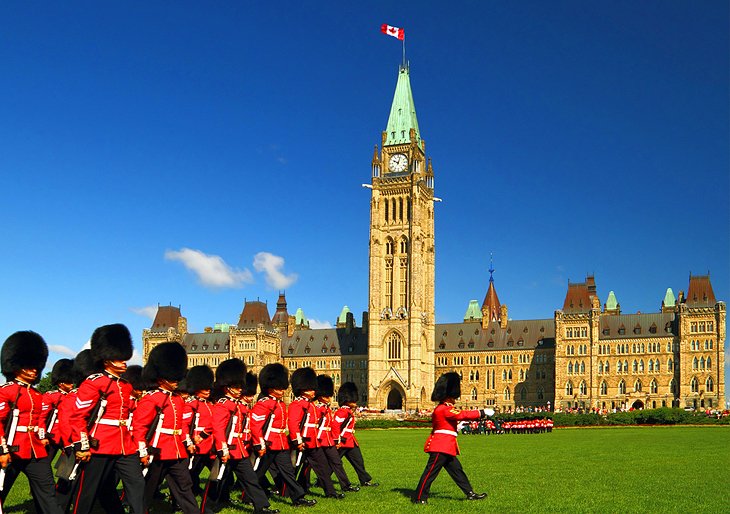
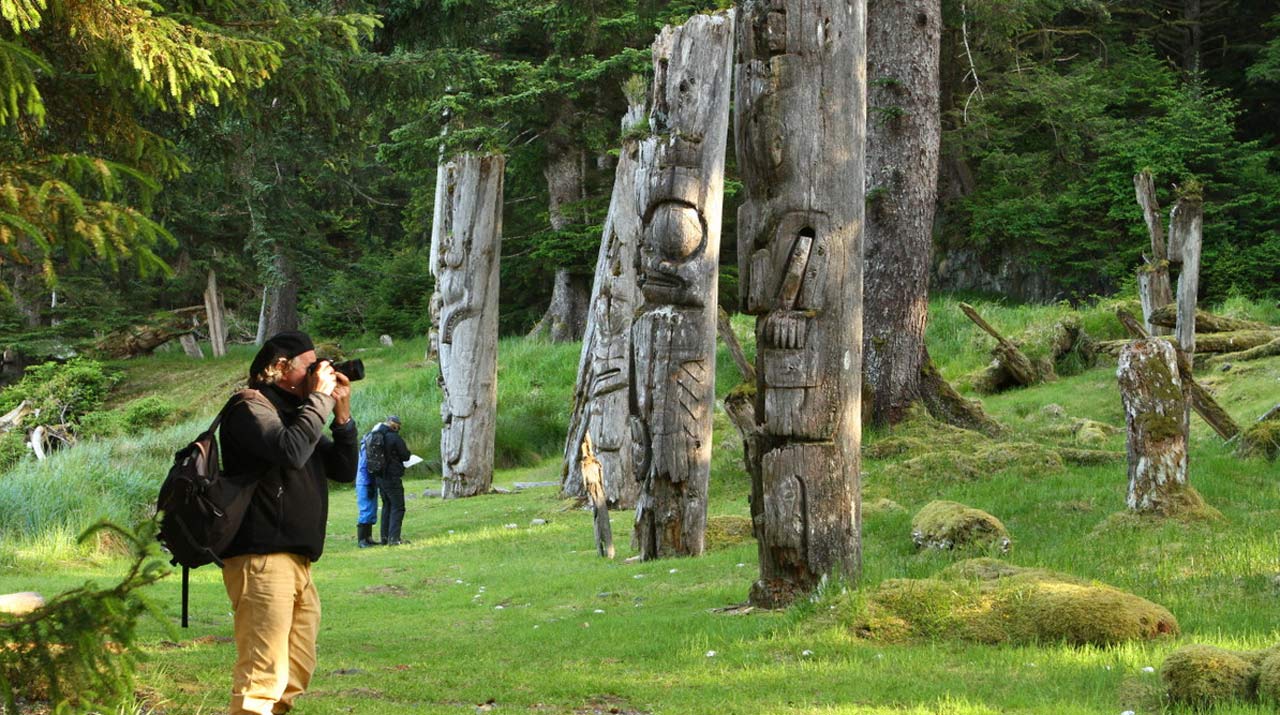

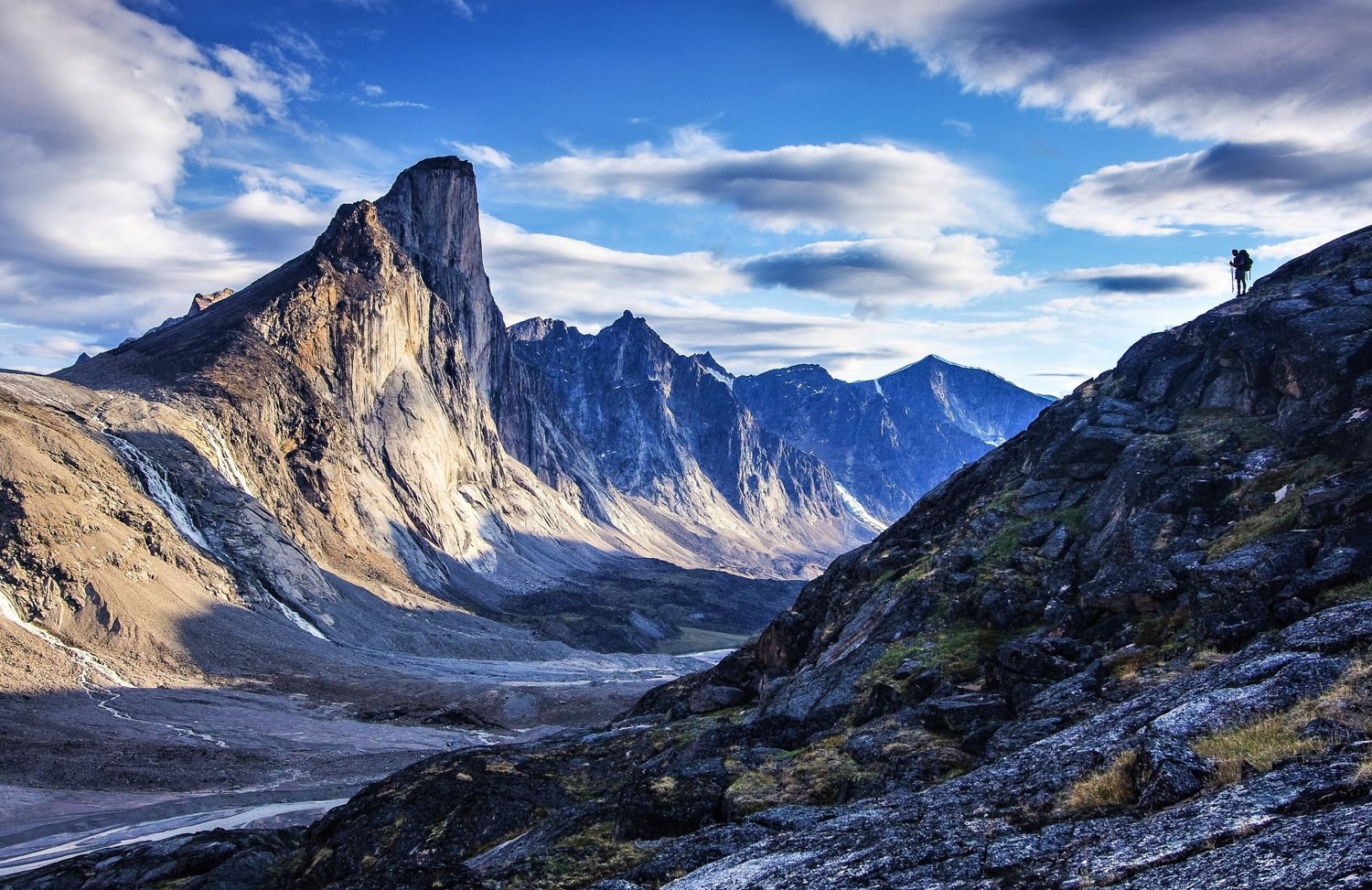
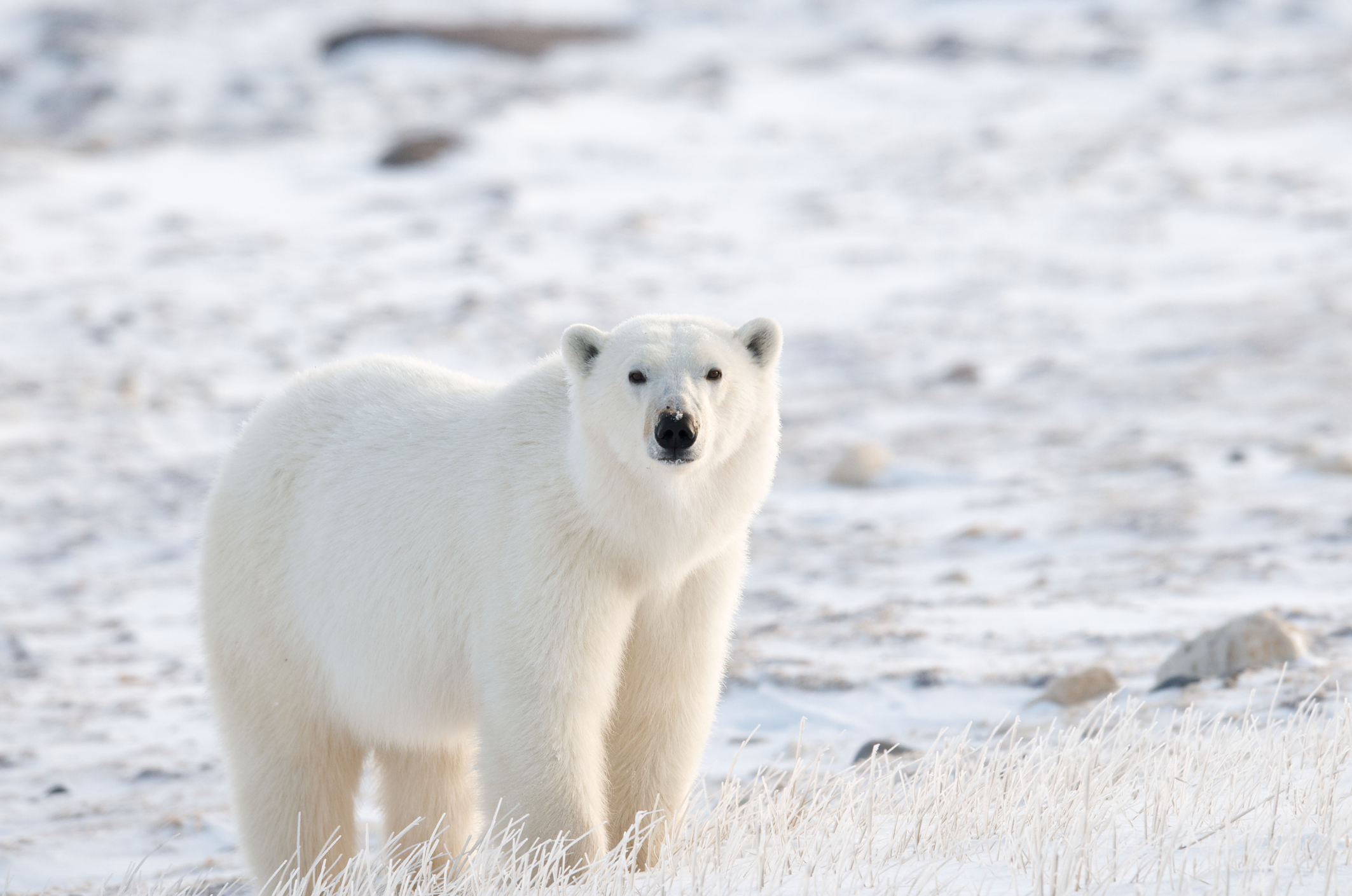
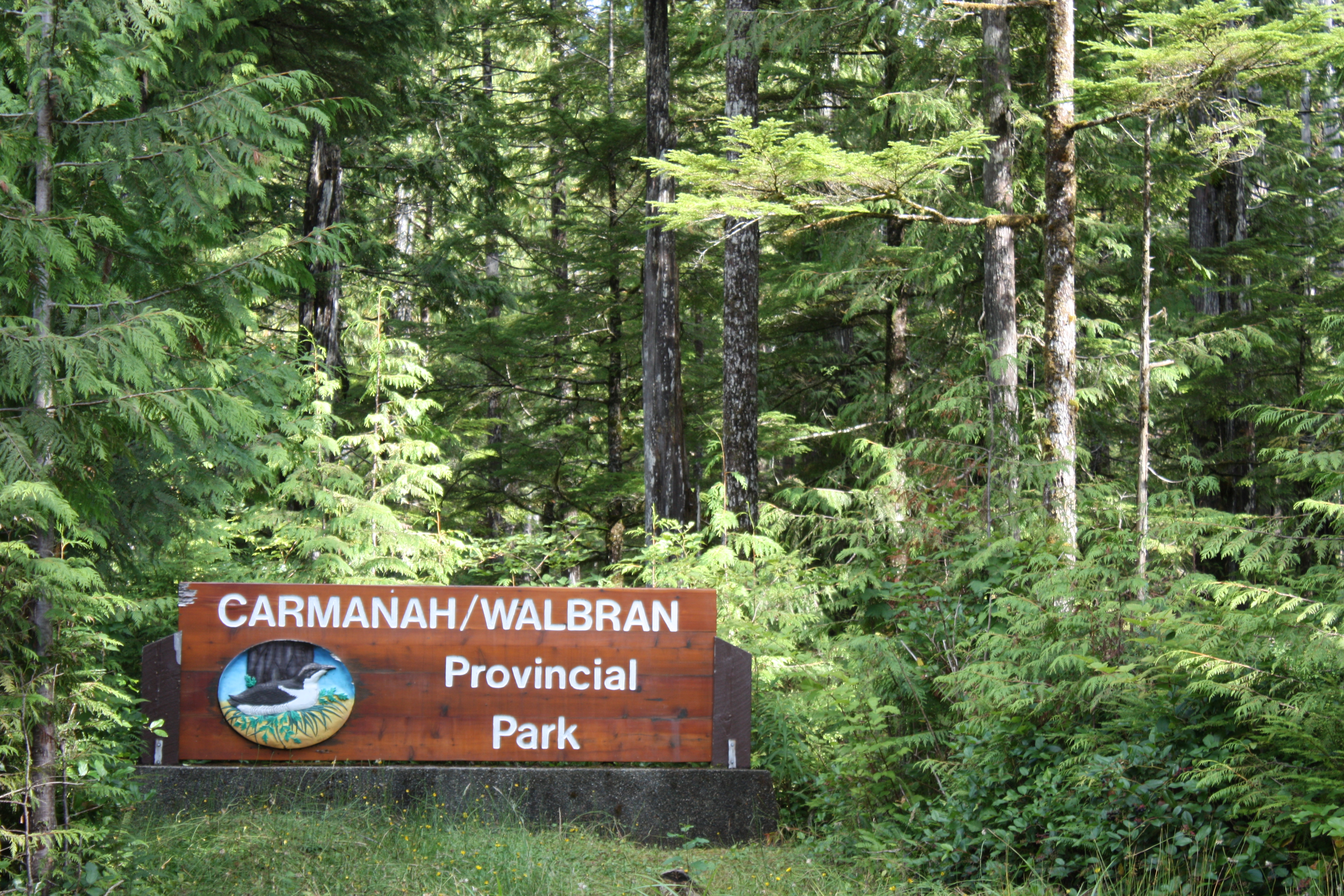
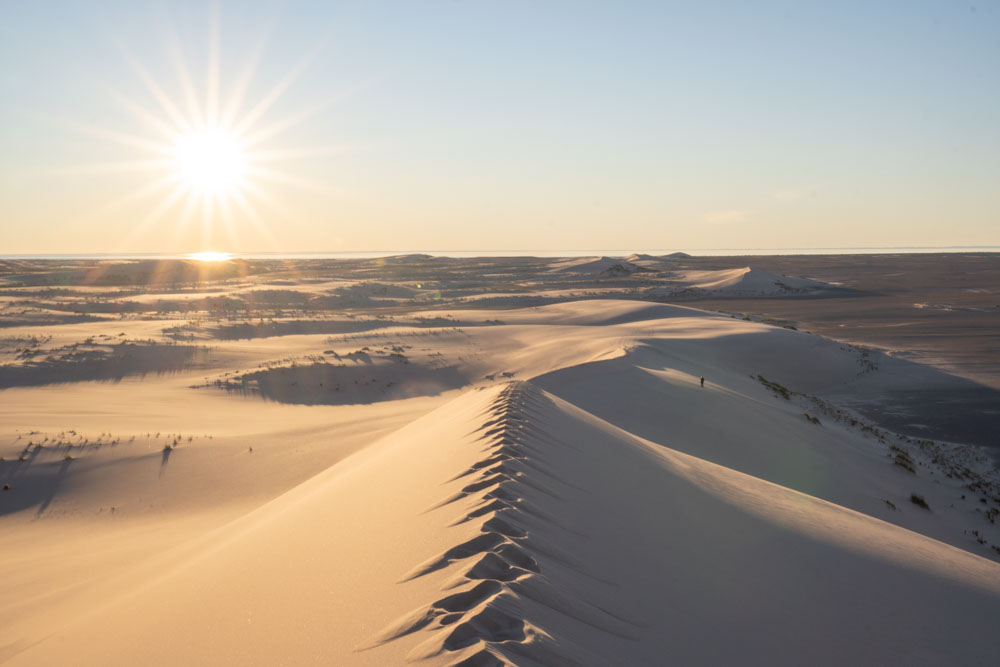




Post a Comment